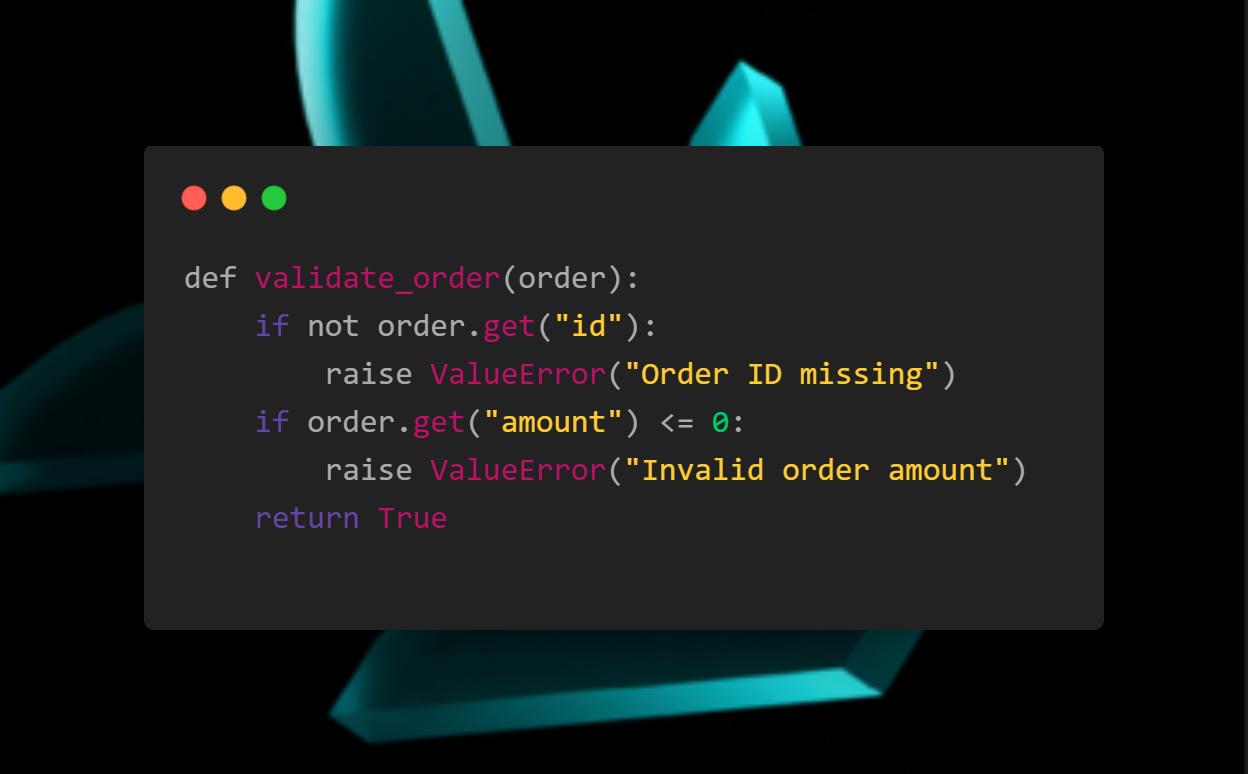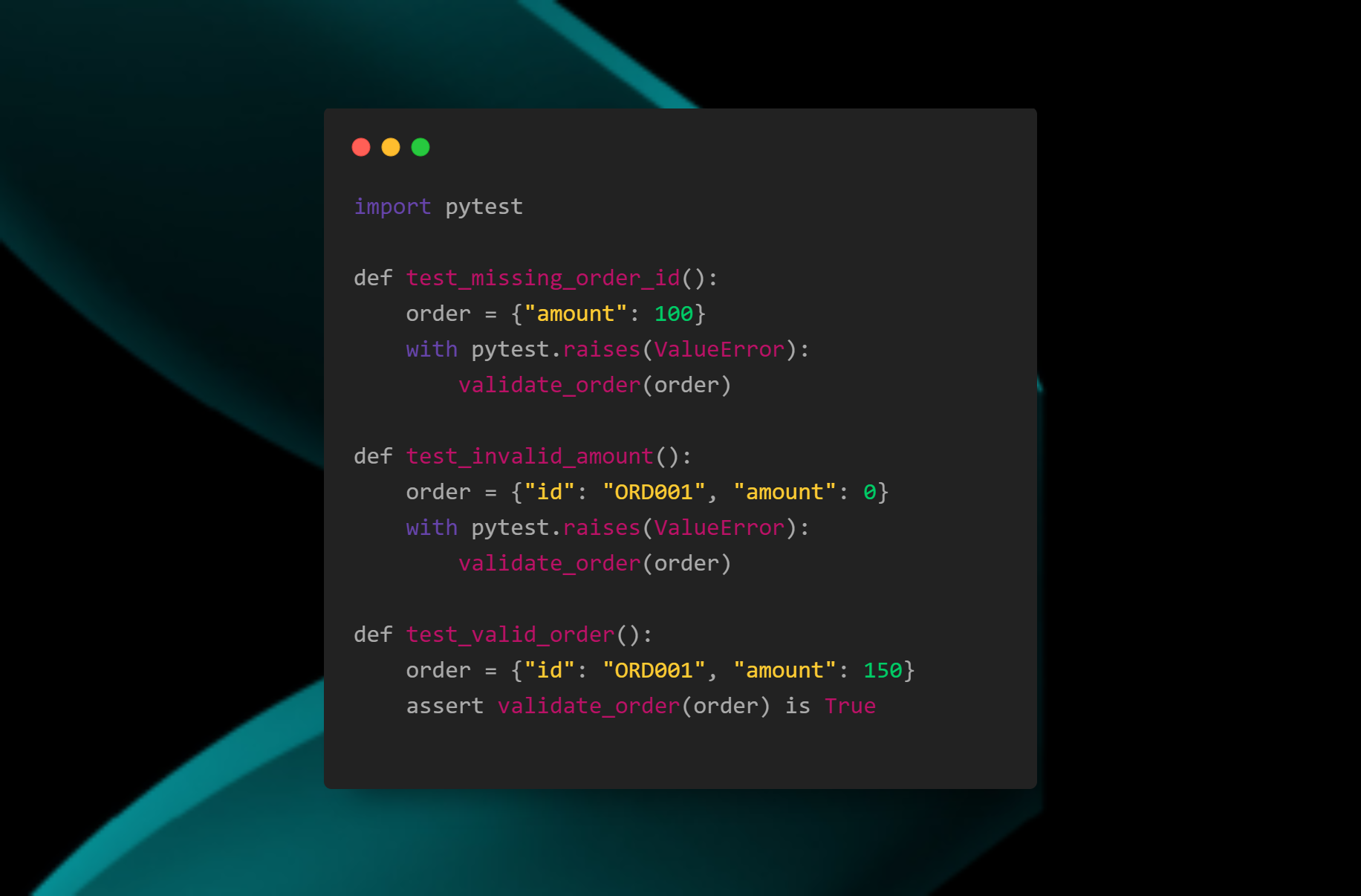December 5, 2025
Introduction: The QA Bottleneck Developers Know Too Well
If you’re a developer, you’ve been there: a feature is ready, code is committed, but QA cycles stretch over days or even weeks. Manual testing, while critical, often slows release velocity and introduces uncertainty. Bugs slip through, deadlines get pushed, and developers spend more time firefighting than innovating.
Testspell, an AI-powered QA platform, transforms this landscape. It integrates autonomous testing directly into the SDLC, ensuring quality, reducing bottlenecks, and giving developers confidence to ship faster.
In this post, we’ll explore both why QA is evolving and how Testspell empowers teams and developers, including technical workflows, code examples, and enterprise applications.
Why Traditional QA Can’t Keep Up
Manual QA is inherently reactive. Teams face:
- Delayed Feedback: Bugs are detected late, increasing complexity in fixing them.
- Flaky Tests: Automated scripts may fail inconsistently, producing unreliable results.
- Long Release Cycles: Exhaustive manual validation slows down delivery in CI/CD pipelines.
Consider a backend order validation function:

Manually testing all edge cases — missing IDs, invalid amounts, invalid types — quickly becomes unwieldy. Multiply this across multiple services, and QA becomes a bottleneck to continuous delivery.
Testspell: The Autonomous QA Revolution
Testspell reimagines QA as a continuous, intelligent, and integrated process, not just a post-development checkpoint.
Key transformations:
- Autonomous Test Generation: Automatically generates unit, integration, and API tests based on code changes or requirements.
- Real-Time Execution: Tests run automatically with every commit, PR, or build.
- Adaptive Learning: Testspell learns from past failures, improving coverage and reducing repeated defects.
- Requirement-Driven QA: Test cases can be generated from JIRA tickets, user stories, or feature specifications.
Developers receive instant, actionable feedback, allowing faster iteration and more predictable delivery.
Aligning Testspell With Your Development Flow
One of Testspell’s standout features is its seamless integration with existing development workflows:
- Early Validation: Begin testing from requirements or stories, not just after coding.
- Parallel Execution: Run UI, API, and mobile tests concurrently to accelerate release cycles.
- Organized Test Management: Structure tests by modules, sprints, or full suites.
- Real-Time Visibility: Detailed execution reports provide instant insights into quality.
By embedding testing directly into your workflow, Testspell shortens feedback loops and reduces manual QA dependency, keeping releases on schedule.
How Testspell Supports Every Role in the SDLC
Testspell isn’t only for QA engineers — it empowers all stakeholders:
- Developers: Detect issues early, get automated test coverage, and integrate feedback instantly.
- QA Engineers: Reduce repetitive test creation and focus on complex scenarios.
- Product Owners: Access actionable quality metrics for informed release decisions.
- Enterprises: Scale testing across multiple teams while maintaining compliance and governance.
This role-based support ensures all team members remain aligned, reducing bottlenecks and fostering a quality-first culture.
How Developers Experience Testspell
Consider our earlier validate_order function. Testspell automatically generates comprehensive, edge-case-aware tests:
Testspell executes these tests automatically in your CI/CD pipeline, detects flakiness, and adapts future test generation. Developers no longer worry about missing edge cases — quality is enforced by design, not after the fact.

Integrating Testspell in CI/CD
This pipeline example shows how Testspell fits naturally into existing CI/CD workflows, enabling continuous validation without additional overhead.

For Enterprises That Move Fast
Testspell is designed for high-velocity, enterprise environments:r
- Faster QA Cycles: Reduce testing time without compromising coverage.
- Predictive QA: Identify defect hotspots before they affect production.
- Scalable Automation: Support multiple teams, products, and release streams simultaneously.
- Compliance & Governance: Maintain traceability, reporting, and audit-ready documentation.
Enterprises can now release frequently with confidence, even in complex environments with multiple microservices, APIs, and distributed teams.
A Day in the Life With Testspell
Deploying a new user authentication microservice:
- Commit code to the repository.
- Testspell analyzes new functions, dependencies, and API calls.
- Generates unit, integration, and edge-case tests automatically.
- Executes tests in your CI/CD pipeline.
- Provides instant reports and actionable feedback.
Developers can focus on innovation while Testspell ensures the software meets quality standards at every stage.
Why Autonomous QA Is a Game-Changer
Even if you aren’t actively evaluating QA tools, autonomous testing is important because it:
- Provides continuous feedback on code changes.
- Prevents edge case defects from reaching production.
- Allows developers to focus on building rather than firefighting.
- Enables predictable and faster release cycles.
Testspell transforms QA from a bottleneck into a strategic enabler for development teams.
Conclusion: Developers Build. Testspell Validates. Teams Deliver.
The shift from manual QA to autonomous testing is no longer optional - it’s essential. Testspell:
- Integrates seamlessly with your development flow.
- Supports all roles in the SDLC.
- Scales for enterprises moving at high velocity.
- Automates test generation, execution, and reporting with AI-driven intelligence.
With Testspell, developers ship confidently, teams release faster, and enterprises scale QA without compromise.
The future of QA is clear: autonomous, intelligent, and developer-first.


.png)






.png)
.png)